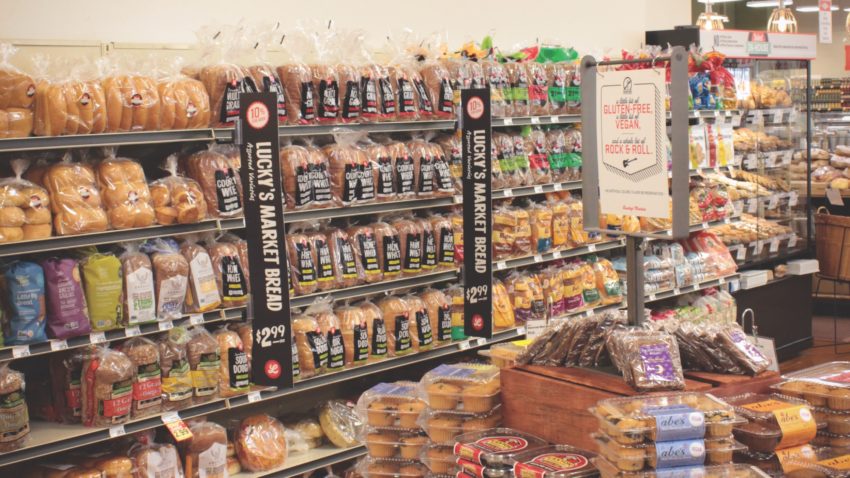Most of Lucky's Market bakery wins are about understanding what is relevant to customers, their emotions and experiences, and their generation-specific sales drivers.
These and other bakery strategies support findings of two recent ABA consumer research studies: The Power of Bakery, in collaboration with Food Marketing Institute, and Attracting Gen Z and Millennial Customers, in partnership with The Center for Generational Kinetics.
Paul White, Lucky’s Market vice president of Fresh Merchandise at the time of this article's publication, outlined the retailer’s bakery strategies. Here are five ways these strategies support the findings of the ABA consumer research.
1.Power of Emotion
Source: Lucky's Market
Lucky’s emphasizes the importance of emotion and impulse in bakery, including with signature items that use nontraditional twists, but “aren’t completely out of left field,” White said. A case in point is the retailer’s highly popular “maple bacon donut.”
This strategy lines up with the emphasis on impulse and emotion in The Power of Bakery research findings. That research was conducted by 210 Analytics and ToddHale, LLC. In fact, “donut” was the top impulse item cited by respondents in that research.
Other examples of Lucky’s impulse items include pretzel sausage buns and brioche hot dog buns.
2. Engaging Younger Consumers
Lucky’s has found that “Millennials and other younger shoppers are very experiential,” White said. “That’s why our single serve pastry case is popular, along with our cold, single serve desserts.”
All this is borne out by ABA’s generational trends research, which found that Millennials and Gen Z are big fans of bakery, especially for sweet goods. More than 60% of these younger consumers have bought sweet baked goods within the past week, the research found.
At Lucky’s, these preferences account for the popularity of items like the “triple chocolate cupcake, which offers three flavor profiles in one dessert,” White said.
3. Price as Driver
Source: Lucky's Market
Lucky’s aims to please the widest group of shoppers by avoiding items that are too high-priced and too far off the mainstream.
The ABA Power of Bakery research found that price and promotion are big drivers for bakery customers, and that “sales specials can prompt brand switching, impulse purchases and new item trial among three quarters of shoppers.”
Lucky’s focuses on ‘Good Food for All’ as its mantra, White said, “so we avoid getting too high-end or too low-end, or we’d lose the greater middle and get away from our mission.”
A group of items called “Lucky Finds” features low retail prices on everyday items the retailer believes should be accessible to all consumers,” White added. “A good example is our in-house baguettes, which are typically at the lowest regular retail in any of our markets every day.”
4. Merchandising for Wellness
Source: Lucky's Market
Lucky’s is known for an emphasis on natural and organic offerings, and avoidance of artificial colors, flavors and preservatives.
This strategy lines up with wellness insights from Power of Bakery, which found three-quarters of shoppers look for specific ingredients and/or health callouts when purchasing functional bakery items.
The retailer’s bakery items include 21-grain sliced sandwich bread and vegan chocolate chip cookies, which actually outsell the regular ones.
“I look at dietary trends as not just about dealing with diseases or allergies, but more about how people want to eat to feel better,” White said.
5. Allure of Sampling
Lucky’s conducts sampling events throughout its stores, including for manufacturer brand and private brand items.
The Power of Bakery emphasizes the importance of sampling. The research found that sampling is the top strategy to prompt unplanned bakery purchases outside of sales specials. Meanwhile, the generational trends report found that one third of Millennial and Gen Z consumers say they would buy more baked goods if they could taste test the product first.
“It’s a big draw,” White said about sampling. “People buy with their taste buds. It’s not necessarily about a single generation, it’s all generations. They find unexpected treats.”



